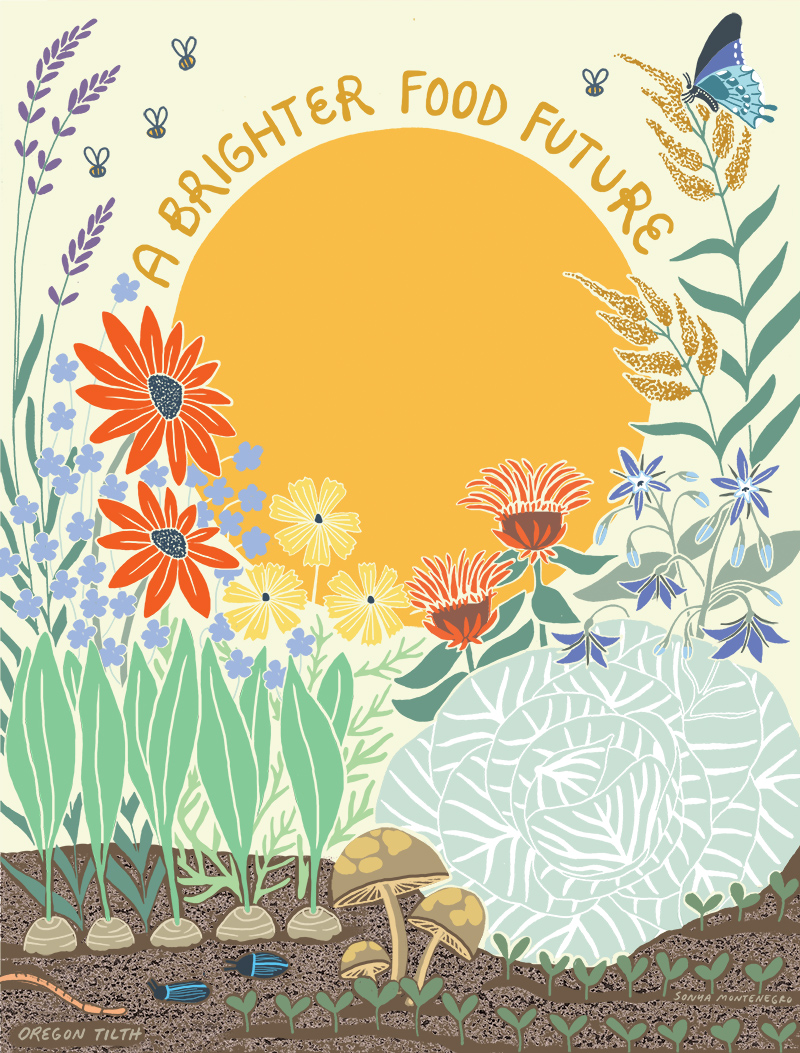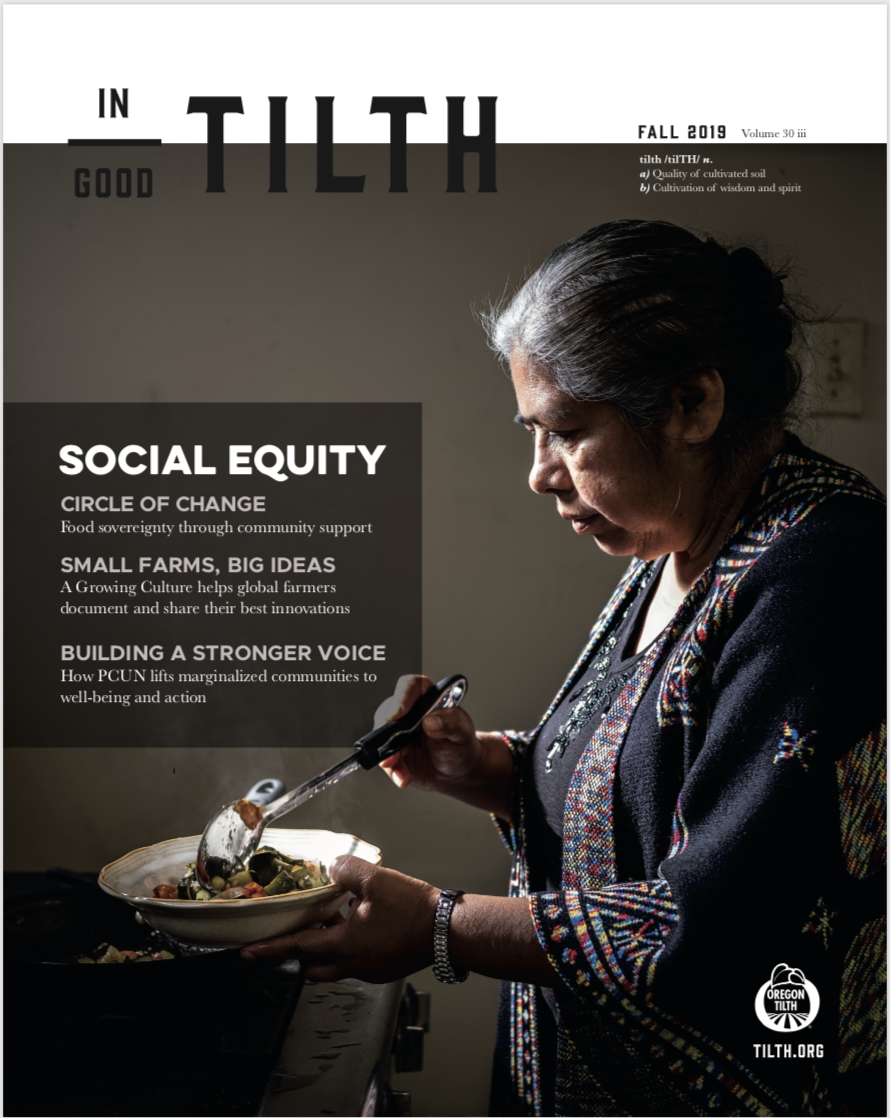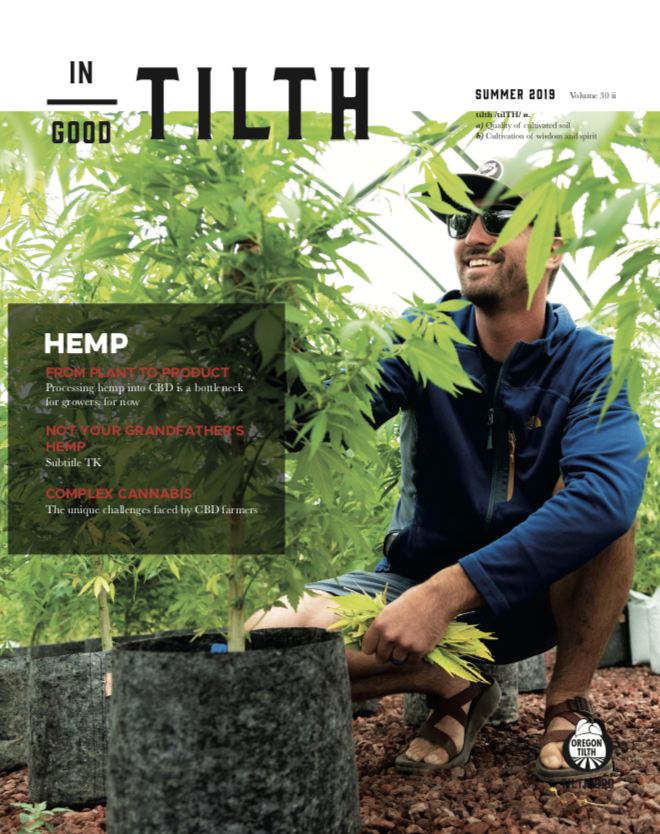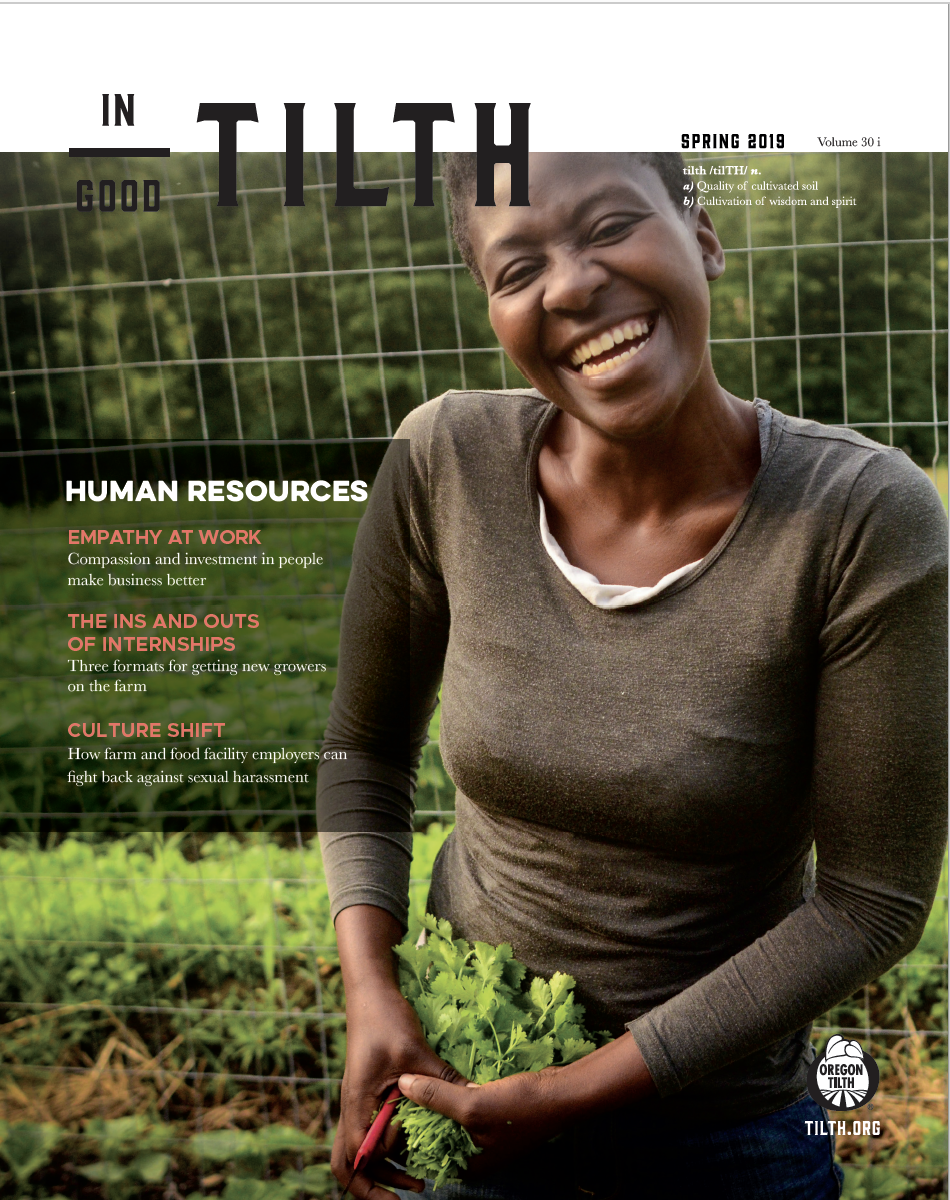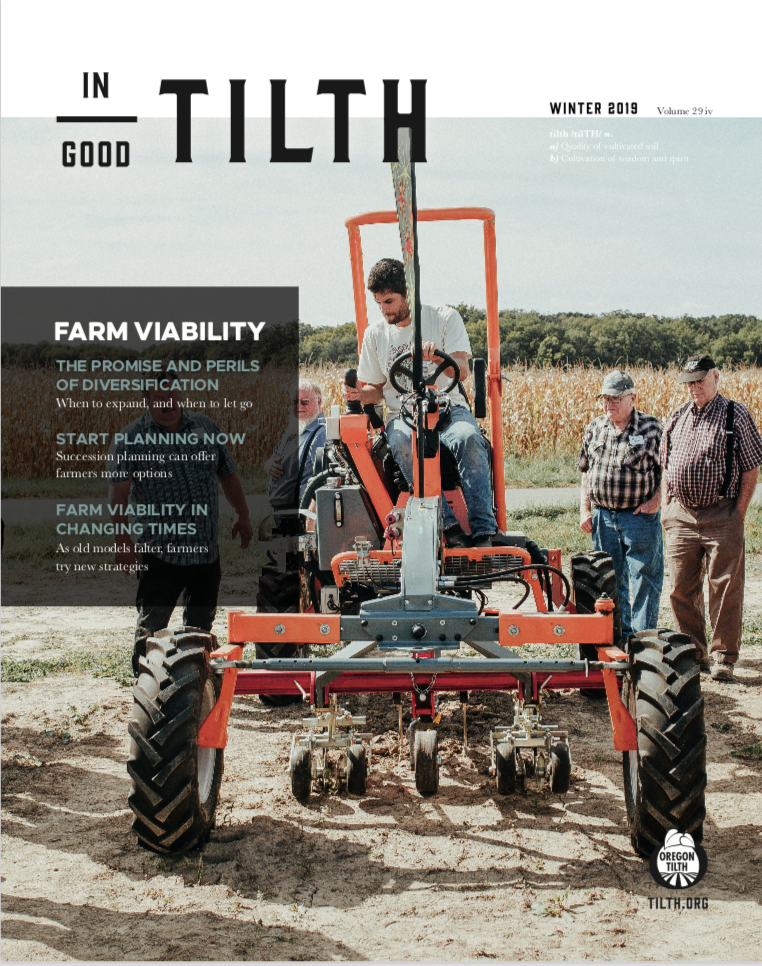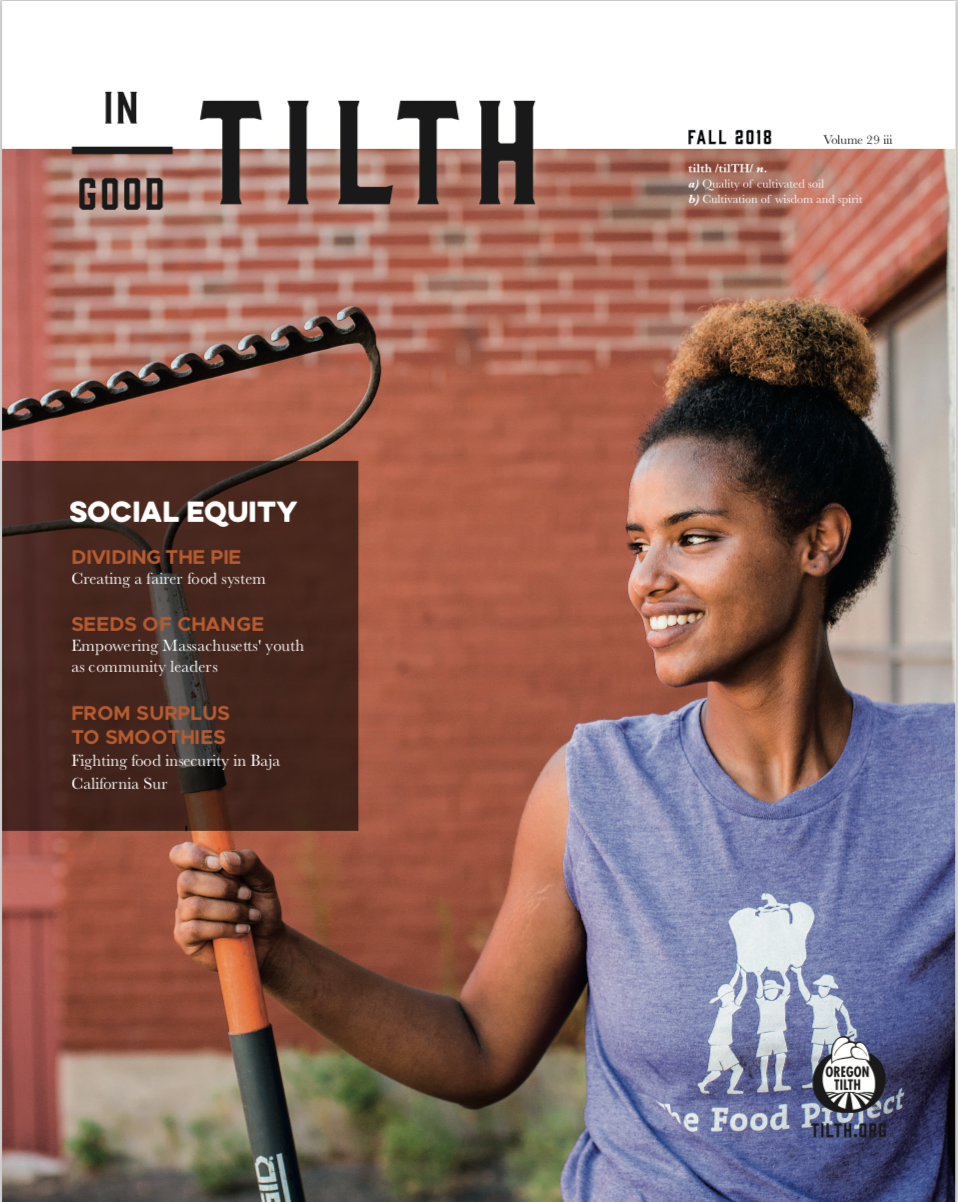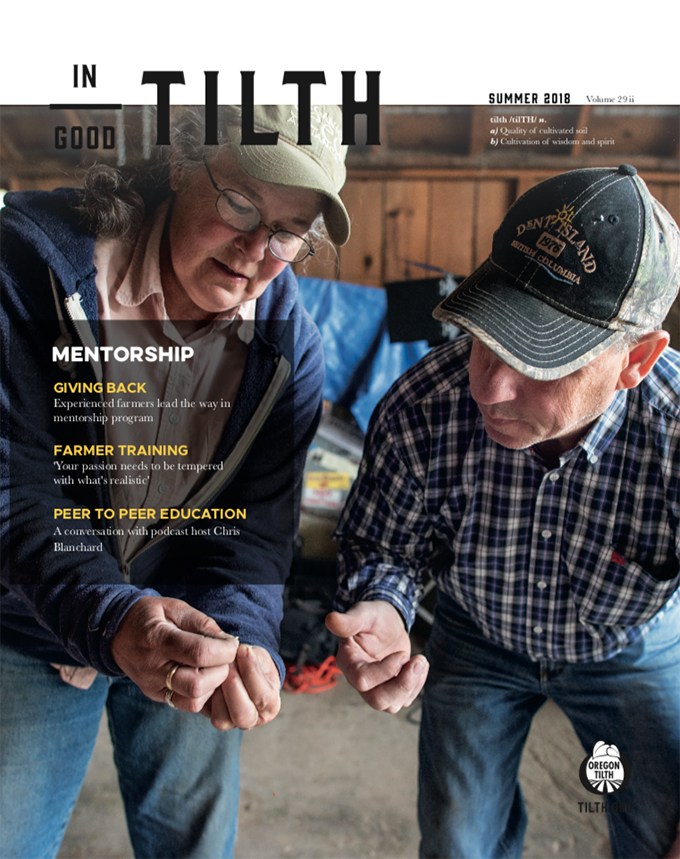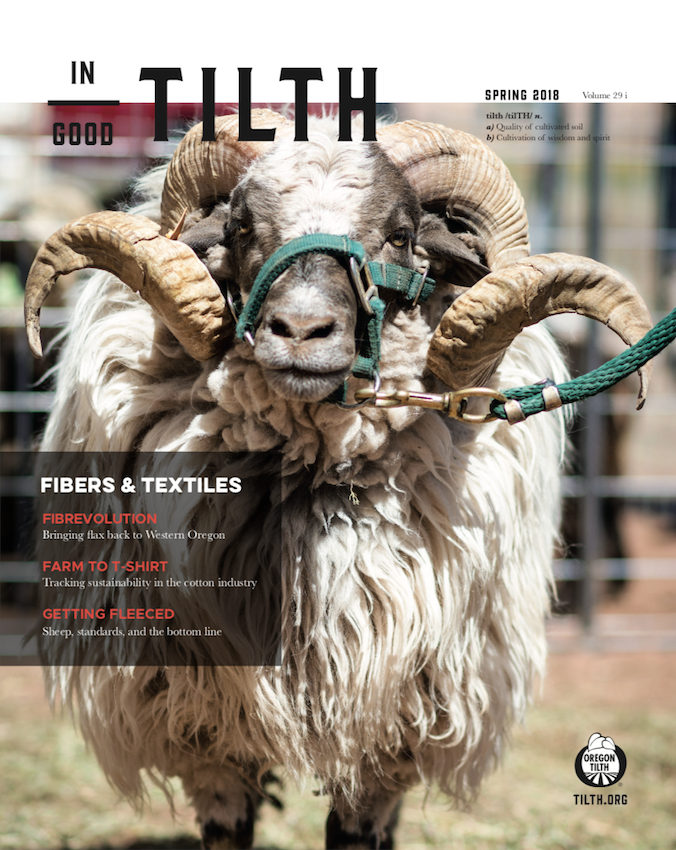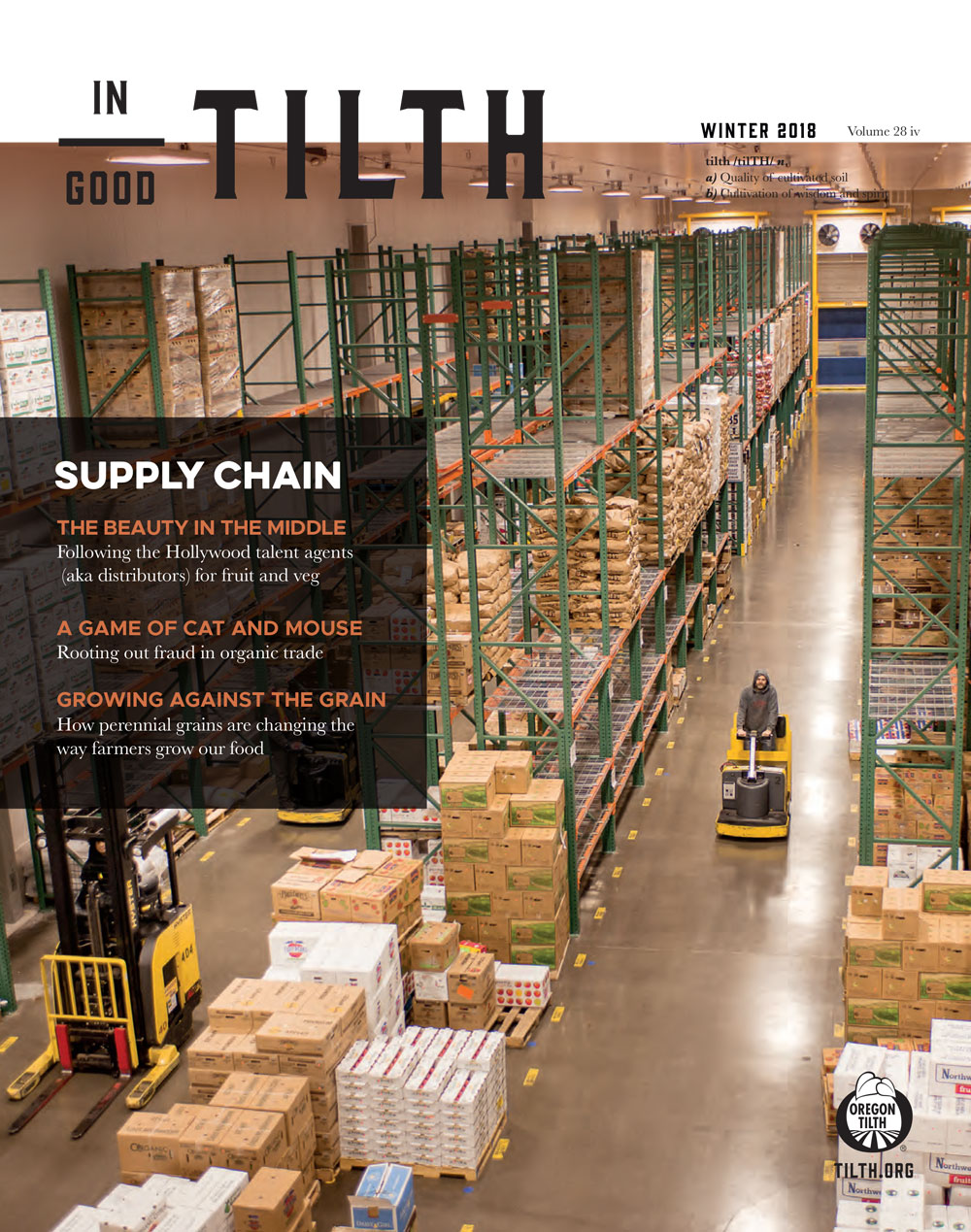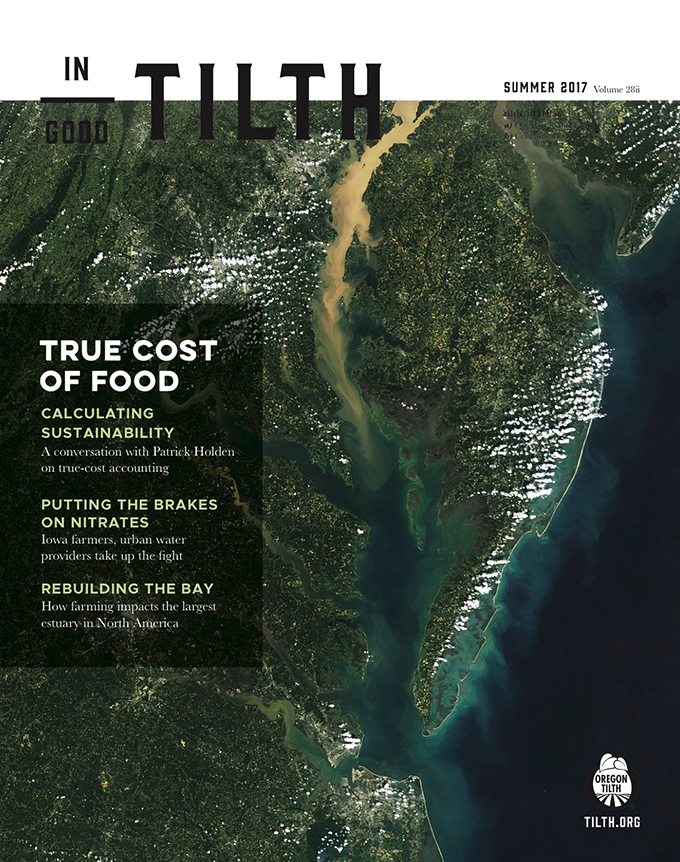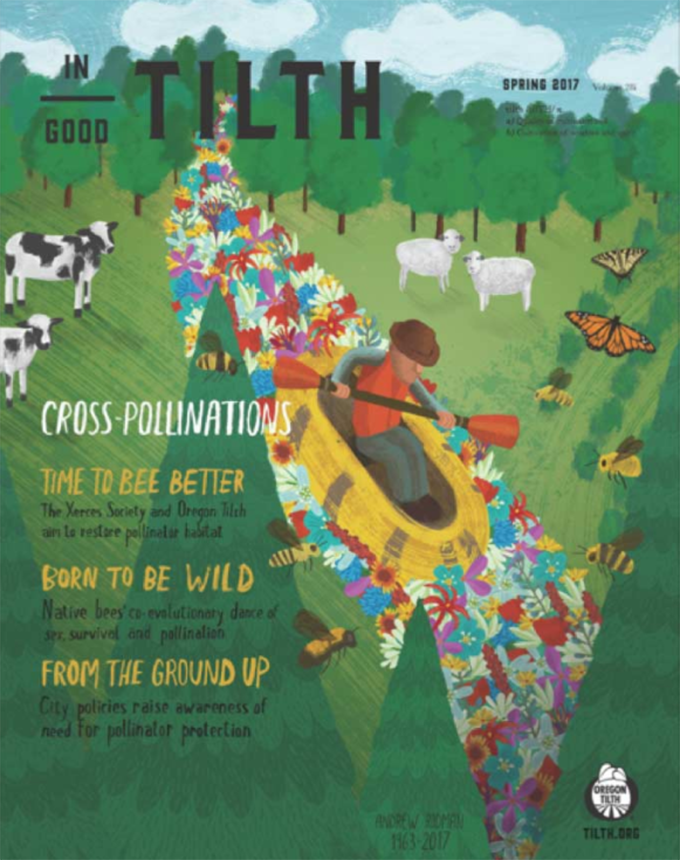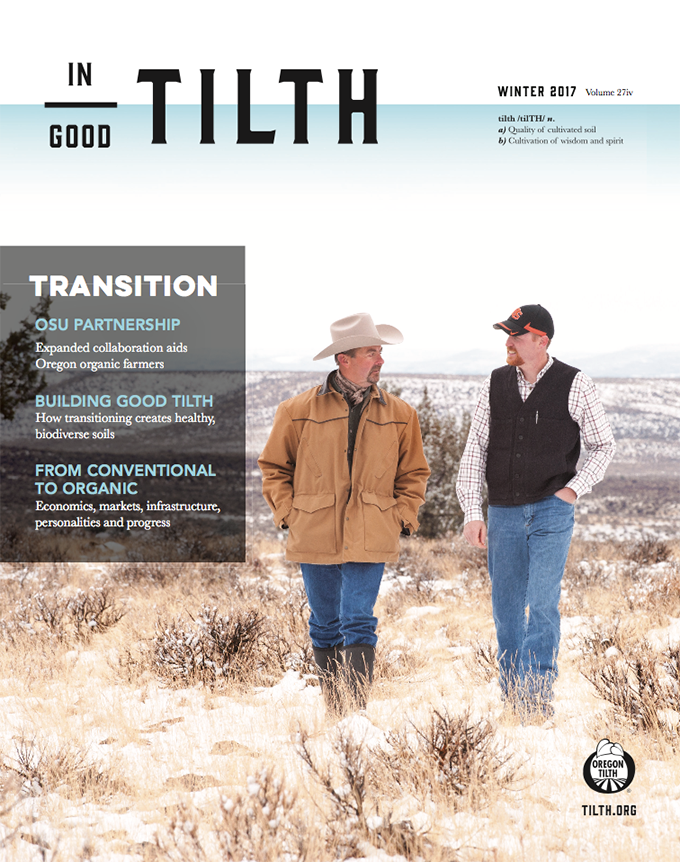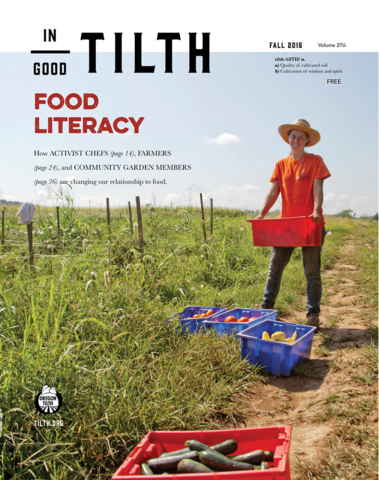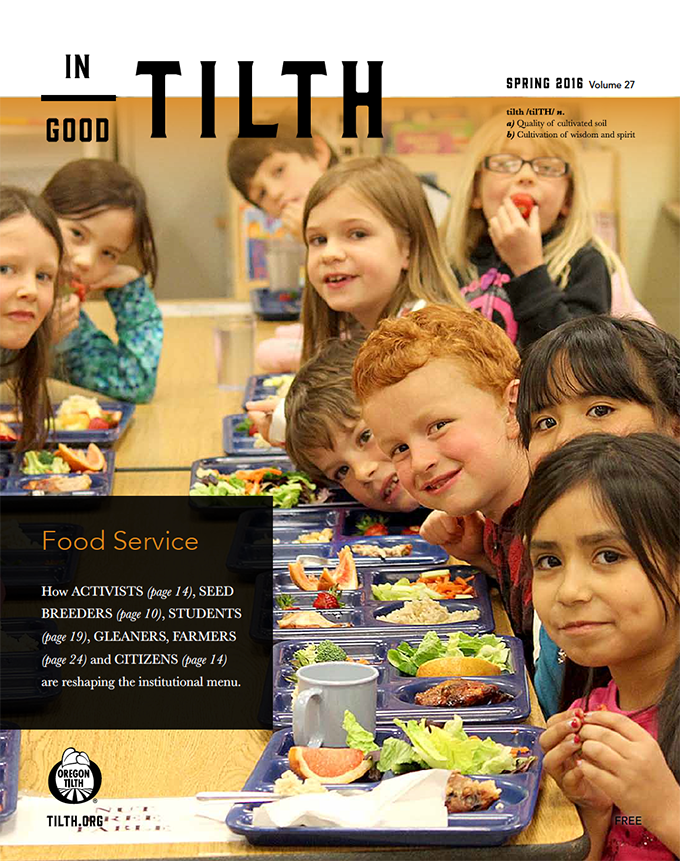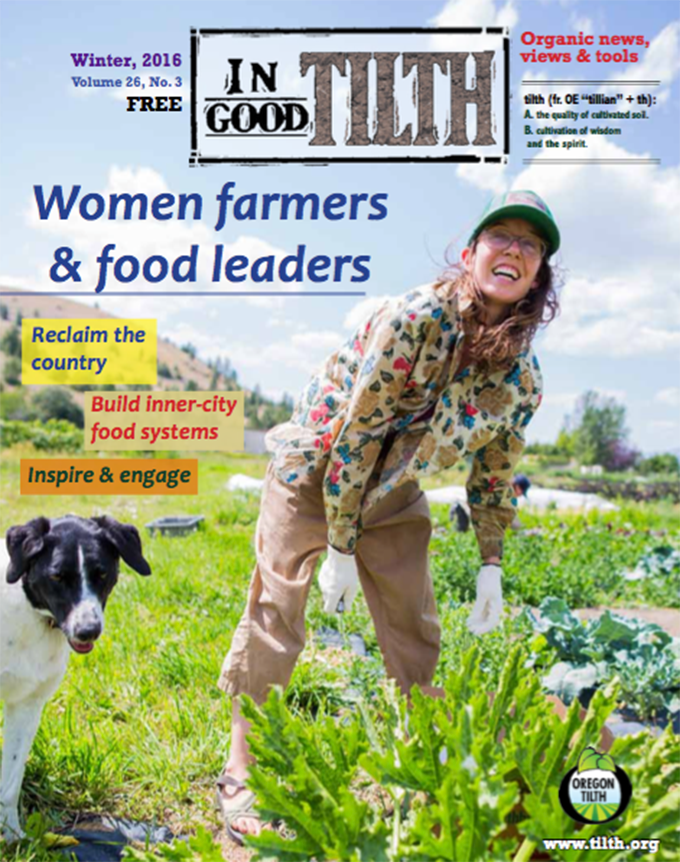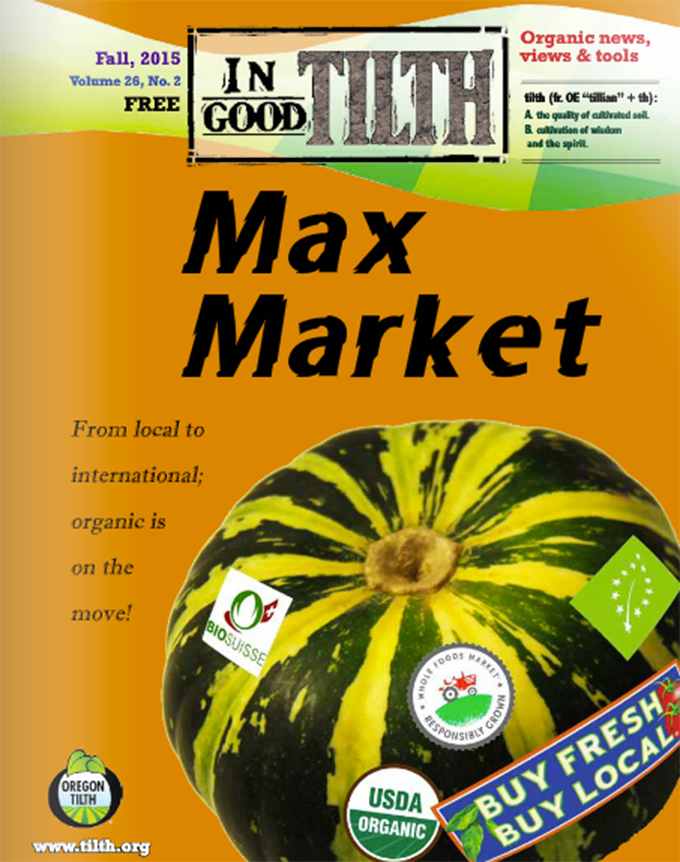When most of us think of bees, we think of the Western honeybee: those familiar, sociable, hive-dwelling insects with the iconic black-and-orange stripes. But honeybees—introduced to the United States from Europe about 400 years ago—are just one of about 20,000 bee species in the world. Before honeybees, the entire North American continent was pollinated by thousands of different native bee species, as well as other pollinators like wasps, butterflies and flies.
“The idea of using honeybees for crop pollination is really a very new concept,” said Eric Lee-Mäder, co-director of the Xerces Society. “Prior to World War II, the scale of farms was smaller. Bee exposure to pesticides was a non-issue. Fields were weedier because we did not have conventional herbicides or herbicide-resistant crops. Those are all farm conditions that foster wild pollinators.”
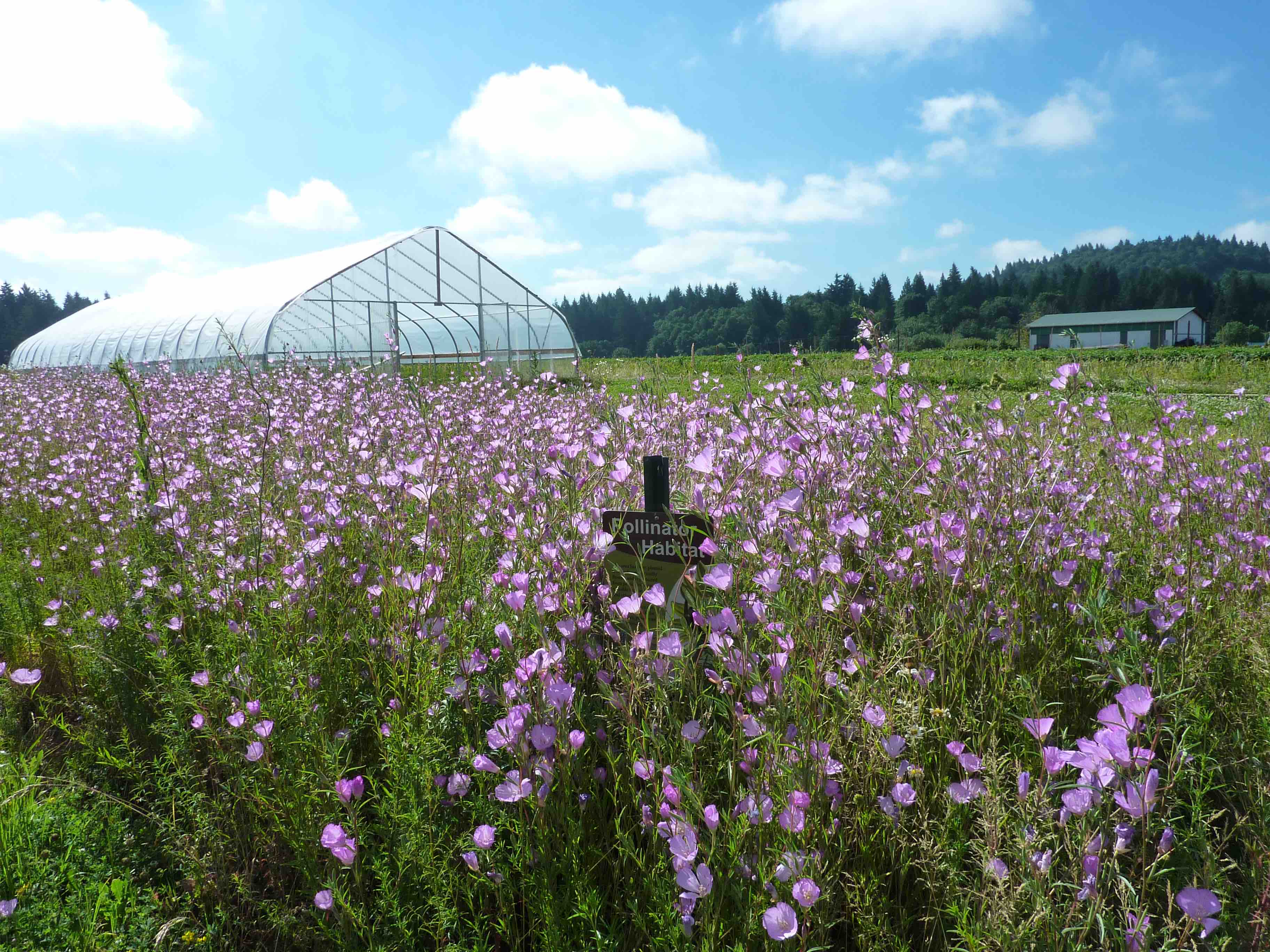
But the adoption of synthetic fertilizers and pesticides after World War II undermined the environment for wild pollinators, resulting in a landscape that depended on managed bees for pollination. Today, many crops, from tomatoes and cherries to rapeseed and alfalfa, are pollinated by traveling honeybees that crisscross the nation on the back of flatbed trucks, following the flowers. Those bees, however, are in trouble, affected by agricultural practices that damage bee health. And they’ve been implicated in the spread of disease to wild bee populations.
In response, Oregon Tilth and the Xerces Society have created Bee Better, a new certification designed to encourage a pollinator-friendly approach to agriculture and meet consumer demand for increased transparency and environmental responsibility from food producers.
A market-based strategy
The Xerces Society, the nation’s only invertebrate conservation organization, has been helping farmers develop science-based, pollinator-friendly practices since 2008. Over the past several years, it observed growing interest in pollinator-friendly agriculture.
In 2014, the federal government even issued a presidential memorandum about the importance of pollinator conservation, making pollinator health a priority for government agencies.
“Consumers are really savvy,” said Hillary Sardiñas, Pacific Coast pollinator specialist of the Xerces Society. “And there’s now a dual public/private interest in pollinators that’s really heightening awareness.”
That growing consumer demand eventually motivated major organic food brands to ask for help in creating label claims about food grown and produced in a pollinator-friendly way.
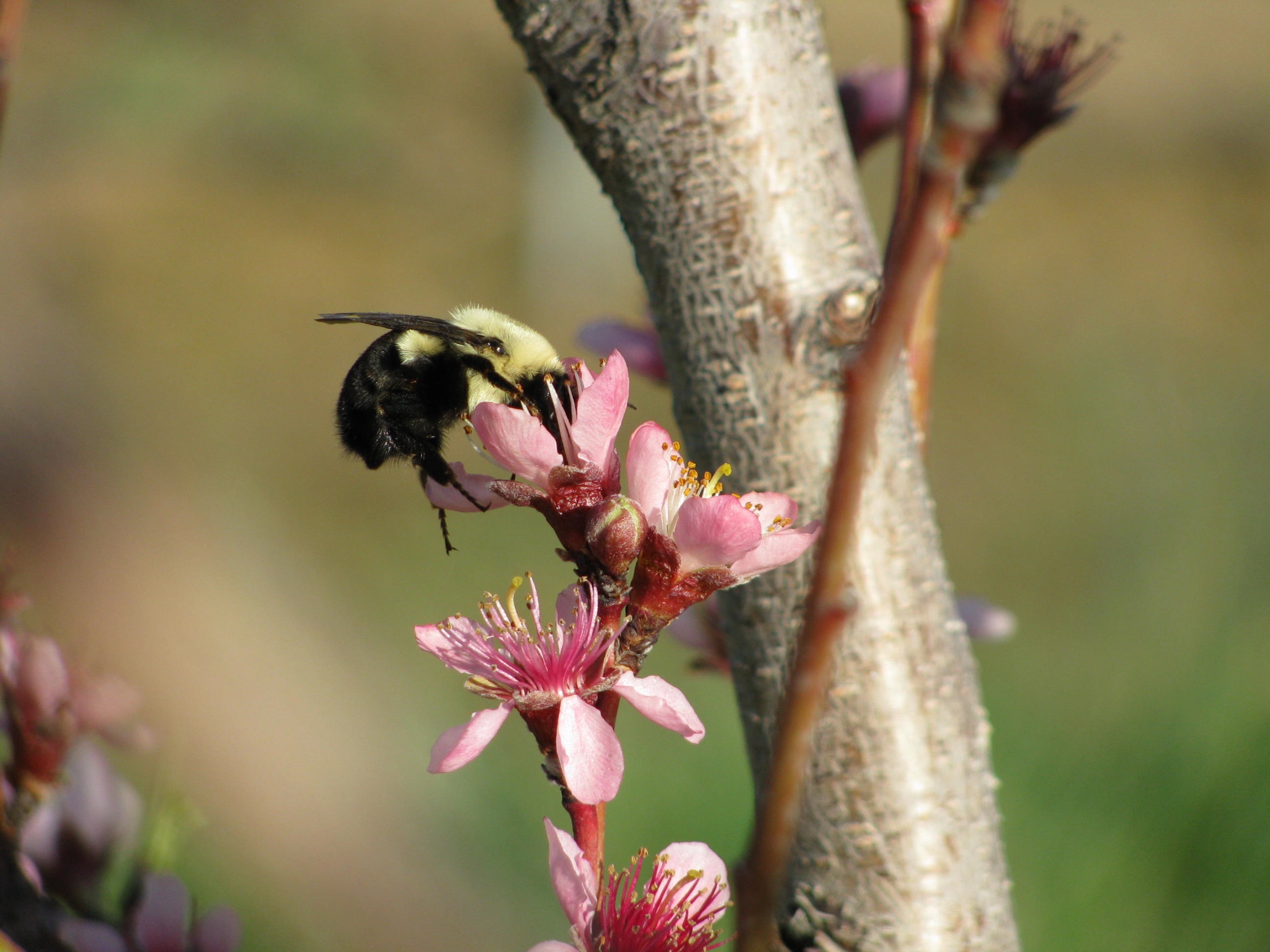
The first seeds for the Bee Better initiative were planted when General Mills approached the Xerces Society with an interest in exploring ways their supplier farms could reduce their impact on pollinators.
“General Mills wants to integrate pollinator conservation measures across 300,000 acres of their supply chain over the next nine years,” said Lee-Mäder. “That means we have the attention of big ag and big food. And at that point, we couldn’t say no anymore.”
So the Xerces Society teamed up with Oregon Tilth to develop a new certification program modeled after successful certificates like Fair Trade and Salmon-Safe.
By codifying some of the strategies that the Xerces Society had already observed to be successful in practice, they created a way for consumers to easily identify products made in a fashion that protects bees.
“This is an issue that a lot of people are willing to get behind,” said Lee-Mäder. “Pollinator conservation is a win-win. It provides value for companies that want to make a label claim, and for farmers who want to benefit from the service that wild pollinators can provide on farms. It’s been a bridge-builder, a way of bringing together hard-nosed economic interests with the conservation community.”
And native pollinators need all the help they can get. In 2016, seven different species of yellow-faced bees native to the Hawaiian Islands were added to the Endangered Species List, the first time any bee was listed. Then, earlier this year the rusty-patched bumble bee became the first bee in the continental U.S. to be added to the list of protected species after its territory shrunk 87 percent in just two decades. Indicators for other native bees don’t look good; several species, including the Franklin’s bumble bee, haven’t been seen in years and are now presumed extinct.
For many farmers, establishing pollinator-friendly habitat may require a new approach to land management—an approach that the Bee Better initiative is designed to support.
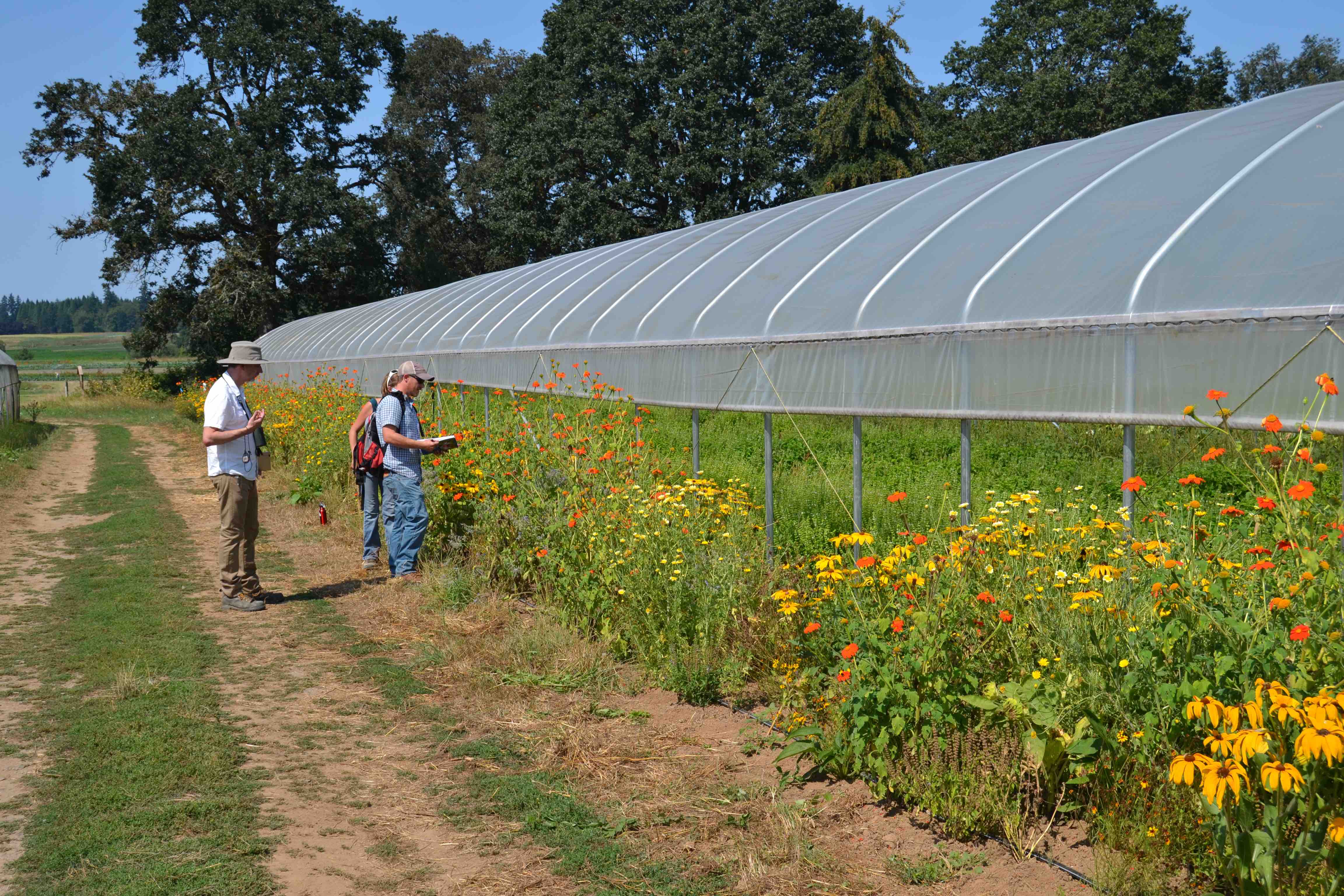
Born in field trials and research
The requirements for the Bee Better certificate were created after nearly a decade of on-farm research at a diverse range of farms across the country.
It’s one thing to define on paper what a good on-farm pollinator habitat looks like. It’s another to implement it. Bee Better is unique in how it works with farmers to create nuanced and farm-appropriate plans—depending on location, soil type, climate, native plants and other factors—to protect and grow pollinator populations. The Xerces Society drew from numerous field trials conducted throughout the United States to shape the certification. Whether helping farmers select the right site preparation methods or developing a habitat plant list, the certification is more than a checklist of do’s and don’ts. It’s a partnership. Bee Better transforms research findings into farm production practices, working side-by-side with farmers to address challenges—like identifying where to situate habitat areas or choosing management techniques that increase habitat longevity and quality—and achieve the goals of the certification.
“We call it Bee Better for a reason,” said Sardiñas. “We’re not asking farmers to be perfect. But everybody has room to improve—to be better—and that’s our philosophy. We know what we’re asking is achievable, because we’ve trialed it for 10 years.”
At its core, the certification has three parts:
1. Creating a habitat that meets pollinators’ essential needs
All pollinators rely on pollen or nectar for nutrition, so farms are encouraged to foster abundant floral bloom throughout the growing season. Shelter is also important. Unlike honeybees, most native bees are solitary. Some excavate nests underground, while others use the hollow stems of certain kinds of plants. Bee Better certification recognizes that tillage is a critical weed management tool for many organic and low-input farmers, but encourages farmers to reduce their dependence on annual tilling—or reduce the amount of land tilled each year—to preserve critical nesting habitat.
2. Maintaining a safe environment for pollinators
The certification establishes buffers to help reduce pesticide drift. It also limits the types of treatments farmers can use to combat pests, diseases and weeds, with a focus on pesticides known to be highly toxic to pollinators. And it restricts the application of certain other chemicals during crop bloom, a time when pollinators are particularly susceptible to exposure.
3. Protecting pollinators from diseases and parasites, which can be spread by managed bumble bees
By encouraging farmers to use bumble bees from within their native ranges, and by limiting the use of managed bumble bees to inside greenhouses whenever possible, Bee Better strategies reduce contact between managed bumble bees and other native bees.
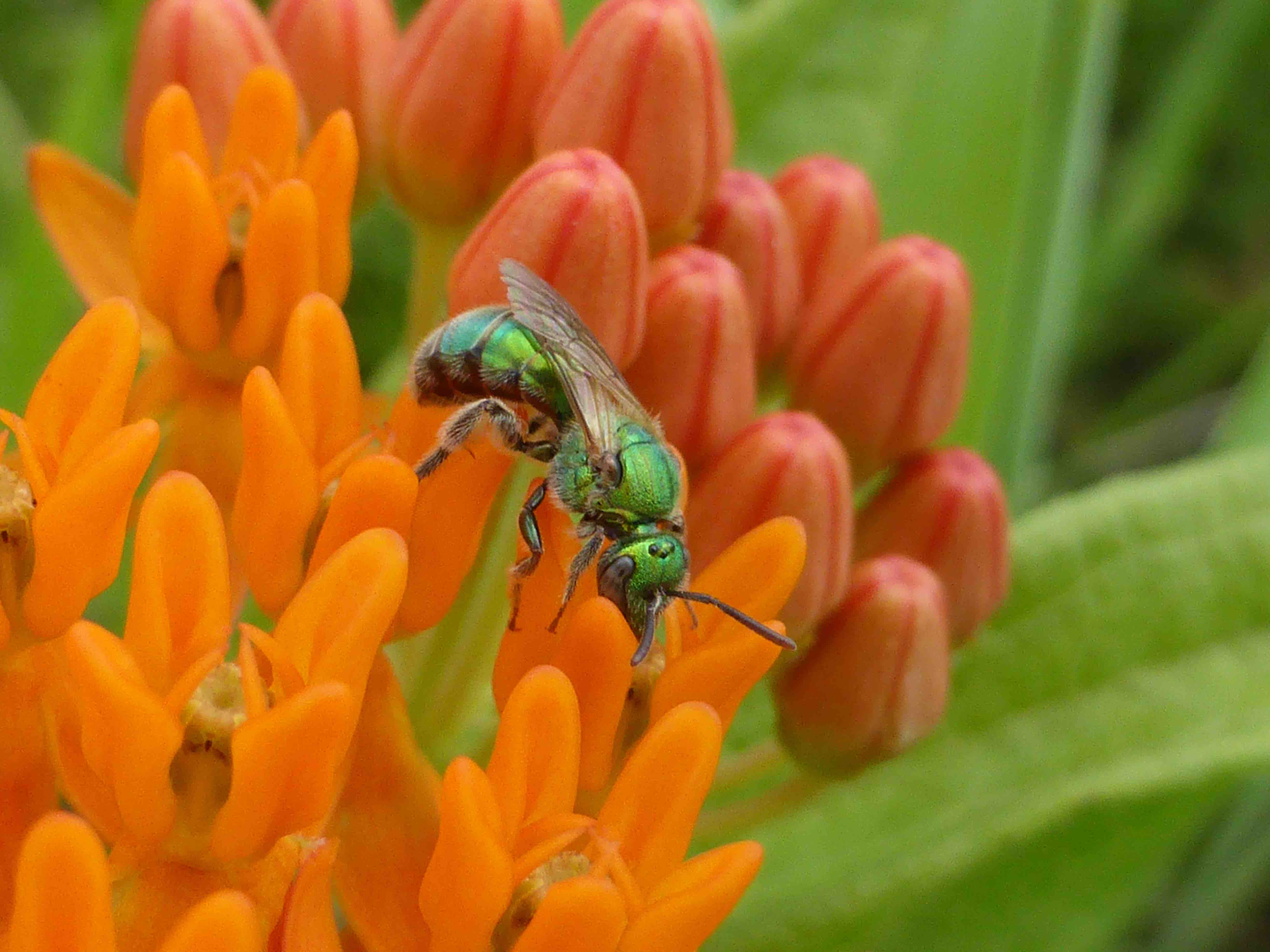
To manage the certification, the Xerces Society partnered with Oregon Tilth. “When Xerces approached us as a possible partner, it seemed like a great fit,” said Oregon Tilth Certification Director Connie Karr. “We knew our missions were aligned, and we could bring our certification expertise alongside their technical expertise in invertebrates to develop this standard together. It’s important to make sure a new set of standards is credible, valuable and achievable. By working together, we could achieve all those things.”
Bee Better’s requirements are flexible enough to suit farms of all types and sizes, from nut and fruit orchards to grain growers and dairies. They’re also distinct from, yet highly compatible with, organic certification. The certification process is much the same as organic, including an application, an onsite inspection, and reviews for compliance. Oregon Tilth offers both certifications, and farmers can pursue them concurrently.
Good pollinators, good farmers
The prospect of preserving biodiversity isn’t the only benefit of Bee Better certification.
It turns out, if it’s better for bees, it’s better for farmers.
During on-farm trials, one of the Xerces Society’s most exciting discoveries was that creating places for pollinators to live didn’t just help the pollinators; it helped the farmers, too.
“There are all these other great things that come with creating pollinator habitat on farms. Bees have a positive impact on crop yield, and they improve the quality of food. Pollinator habitat also supports birds and other wildlife, which are natural enemies of crop pests.” These “stacked ecosystem services,” as Sardiñas calls them, provide tangible benefits for farmers beyond the simple satisfaction of supporting pollinator health.

Anna Jones-Crabtree’s Vilicus Farms, a 5,600-acre dryland grain farm in northern Montana, grows a broad range of crops, including grains, pulses, and oilseeds. Jones-Crabtree, a longtime collaborator with the Xerces Society and a member of the Bee Better initiative’s board, has experienced the positive impact of pollinator conservation
first-hand.
One of the pollinator conservation strategies used at Vilicus Farms is a unique field layout that intersperses 240-foot wide crop strips with 60-foot buffer strips planted with perennial, pollinator-friendly plants.
“When I walk out into the field, I can hear and see pollinators,” Jones-Crabtree said. “But the pollinator corridors also provide a wind and snow catch, which drops more moisture. In north-central Montana, the wind blows a lot. You want to do everything you can to manage your moisture, or you can lose your soil resource right away.”
In addition, Vilicus’ land came out of the USDA’s Natural Resource Conservation Service Reserve Program, which means they’re paid for maintaining their buffer strips in conservation resources.
What’s at stake
Robust pollinator populations are a foundational component of food system security and resiliency. One-third of the food we eat relies on pollinators, and some essential vitamins can only be found in pollinator-dependent crops.
“Pollinators are key to our own health and well-being,” said Sardiñas. By “farming for pollinators,” growers can help create more sustainable farm systems, and consumers can make conscious choices to support companies that take pollinator conservation seriously.
“To play the optimist, I see a time when we have habitat engineered back into agriculture,” said Lee-Mäder. “We’re protecting water quality, conserving the soil, and sustaining beneficial insects for pest management. Pollinator conservation is baked into that recipe. Can we go back to a time and place where wild bees pollinate a significant portion of our crops, or even all? I think we can. I think we will have to.”

